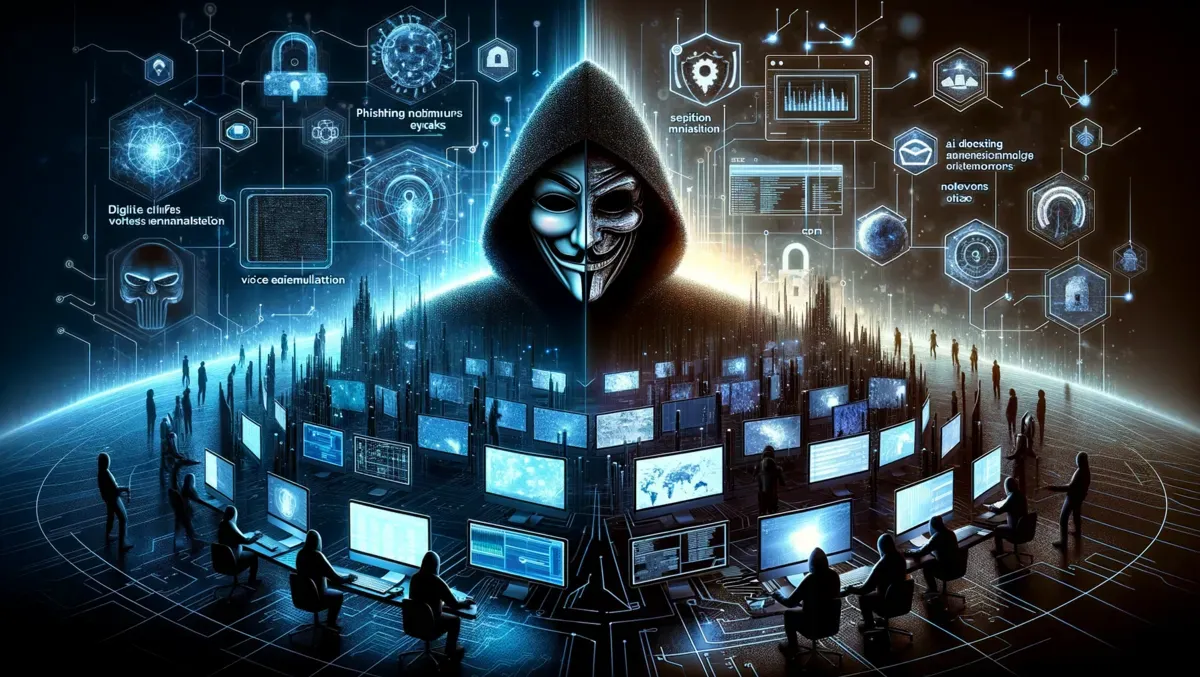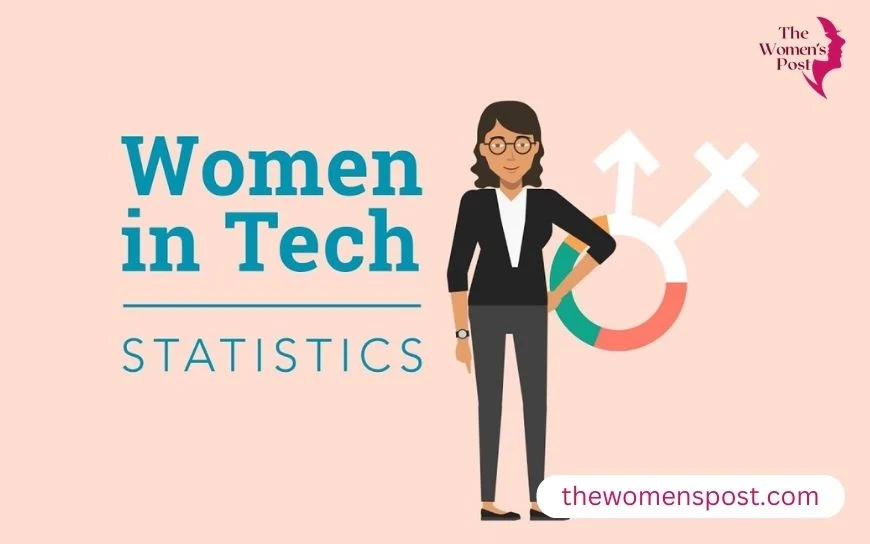Cyberviolence Against Women And Girls: The Dark Side Of The Digital Age

The internet has revolutionized our lives for the good in countless ways—such as meeting friends, discovering new things, and even getting jobs. But it has also brought us to the forefront of a dark side: cyberviolence against women and girls. This isn’t just random bullying; it’s targeted gender-based violence in online spaces, using digital tools to scare, shame, or control. Studies show that anywhere from 16% to 58% of women and girls have faced cyberviolence. It’s a big problem that’s growing fast, and protecting women from digital abuse is critical to fight back.
How Cyberviolence Evolved
Violence against women is not new—women have always faced it. But when the internet arrived, it created avenues for bad people to injure others in new and worse ways. When email and chat rooms were in their infancy, women began to be stalked on the web, a type of cyberviolence. And social media arrived, and things became worse. Offenders could reach everyone, everywhere, with anonymity behind fake identities.
The Rise of Revenge Porn
In the 2010s, “revenge porn” became a huge issue. That’s when someone shares private intimate photos without permission, often to get back at an ex or just to humiliate. The scary part? Once it’s online, it’s hard to erase—it spreads like wildfire. By 2017, the EU said one in ten women had faced cyberviolence since age 15. And then COVID-19 hit, making everything even more intense.
Forms of Cyberviolence

Also Read: Women Influencing Emerging Technologies and AI
Cyberviolence exists in numerous forms, all aimed at making females and girls feel vulnerable. Here’s the breakdown:
Online Harassment: Consider mean comments, trolls, or threats that attempt to silence women. This occurs on social media, forums, or even professional emails.
Image-Based Abuse: Posting intimate photos or videos without permission to humiliate or manipulate someone.
Doxxing: Sharing personal information such as addresses or phone numbers on the internet, which can invite real-life harm.
Sextortion: Extortion of someone to send more personal things or money by threatening to release intimate secrets.
Cyberstalking: Obsessive tracking of someone over the internet, sending a constant stream of messages that evoke fear.
Deepfake: Employing AI to create fake explicit videos using a real individual’s face. This is becoming increasingly prevalent with technological advancements.
Gender-Based Hate Speech: Sending hateful, sexist messages that denigrate women as a whole.
Cyberflashing: Sharing unwanted explicit photos via apps or DMs.
Words alone—these destroy lives, impacting mental well-being and safety. Addressing cyberbullying against girls is a must to prevent this damage.
The COVID-19 Impact on Cyberviolence
When the pandemic quarantined us, everyone had turned online for school, work, and socializing. That meant more opportunities for cyberviolence. UN Women documented dramatic increases in stalking, harassment, and image abuse. In the UK, 38% of women experienced increased online assaults. Victims felt trapped with no way to escape screens. The absence of strict regulations allowed abusers to get away with it, revealing how weak our systems were for protecting women from digital abuse.
Current Trends and Future Challenges

Also Read: Increasing Women’s Participation in STEM and Health Research
Skip ahead to 2025, and things are continuing to change—mostly for the bad with new technology. AI is making deepfakes more accessible, confusing what’s real and what’s not. Victims can’t convince others it’s not them, causing further misery. Social media algorithms prioritize content that engages, which translates to promoting hate, driving gender-based violence in online spaces. Encrypted apps provide abusers with privacy from the police.
The Metaverse and Beyond
Ahead, virtual worlds such as the metaverse may be next. Criminals may use VR to harass in interactive ways. The internet is international, so laws in one nation do not necessarily come to the rescue. Cyberattacks worsen, bleeding into actual violence. In countries like Pakistan and Uganda, campaigns are combating cyberviolence against women and girls, but it is an international concern.
Grassroots Efforts: The #StopFisha Movement
There’s not all hope lost—people are acting. In France, while in lockdown from COVID, “fisha” accounts appeared on platforms, posting up intimate images of girls and women without consent, along with their personal information. It caused harassment, distress, and worse—a clear example of cyberviolence.
Shanley Clemot McLaren’s Impact
Enter Shanley Clemot McLaren, a teenage activist in solidarity with #MeToo. She began #StopFisha in 2020 to monitor these accounts, flag them, and assist victims with legal and mental health assistance. It evolved into an organization with 12 co-founders. They’ve advocated for new French legislation on sextortion and deepfakes, and as “trusted flaggers,” they cause harmful content to be taken down quickly from sites.
Shanley received a Young Activists Summit award for her efforts on collective action. At the time of 2025, #StopFisha continues to operate, having thousands of followers on social media and creating awareness against cybersexism and addressing cyberbullying against girls.
The Lasting Impact on Victims

Also Read: Brittany Wenger: Scientist Saving Lives and Tech Entrepreneur
This hurts deep. Victims usually struggle with anxiety, depression, or PTSD. The permanence online means cyberviolence can follow them for their entire life—jobs, relationships, everything is affected. Young girls may get kicked out of school or stay away from society. Economically, sextortion sucks money out of exactions. It’s not only personal; it silences women in public places.
Societal Costs and Solutions
Society also pays an expensive price. The EU approximates cyberviolence against women and girls at €49–89 billion annually. It silences voices—30% of female journalists self-censor due to fear, and countless young women avoid careers in politics or media. This damages democracy by lessening diversity.
Steps to Combat Cyberviolence
Action is needed now. EU Directive 2024/1385, which was adopted in May 2024, makes online gender-based violence in online spaces a crime, with prevention, support, and justice rules. Member states need to adopt it by June 2027, and up until the middle of 2025, guidance is published to assist with transposing it into member states’ laws.
All platforms can do better to moderate and collaborate with police. Digital safety education is most important—teach people to recognize and report cyberviolence. Victim assistance, such as counseling and support, needs to be readily accessible. And AI requires ethical guidelines to prevent abuse, energizing initiatives in protecting women from digital abuse.
Conclusion
Cyberviolence against women and girls is all too real a risk for their safety and freedom online. But with tales like #StopFisha and new legislation, we can see that change is real. It is all of our responsibility—governments, technology firms, and us—to create a safer internet. Let’s raise our voices, stand with victims, and demand stronger protections. Together, we can create an internet where women and girls can live without fear.









